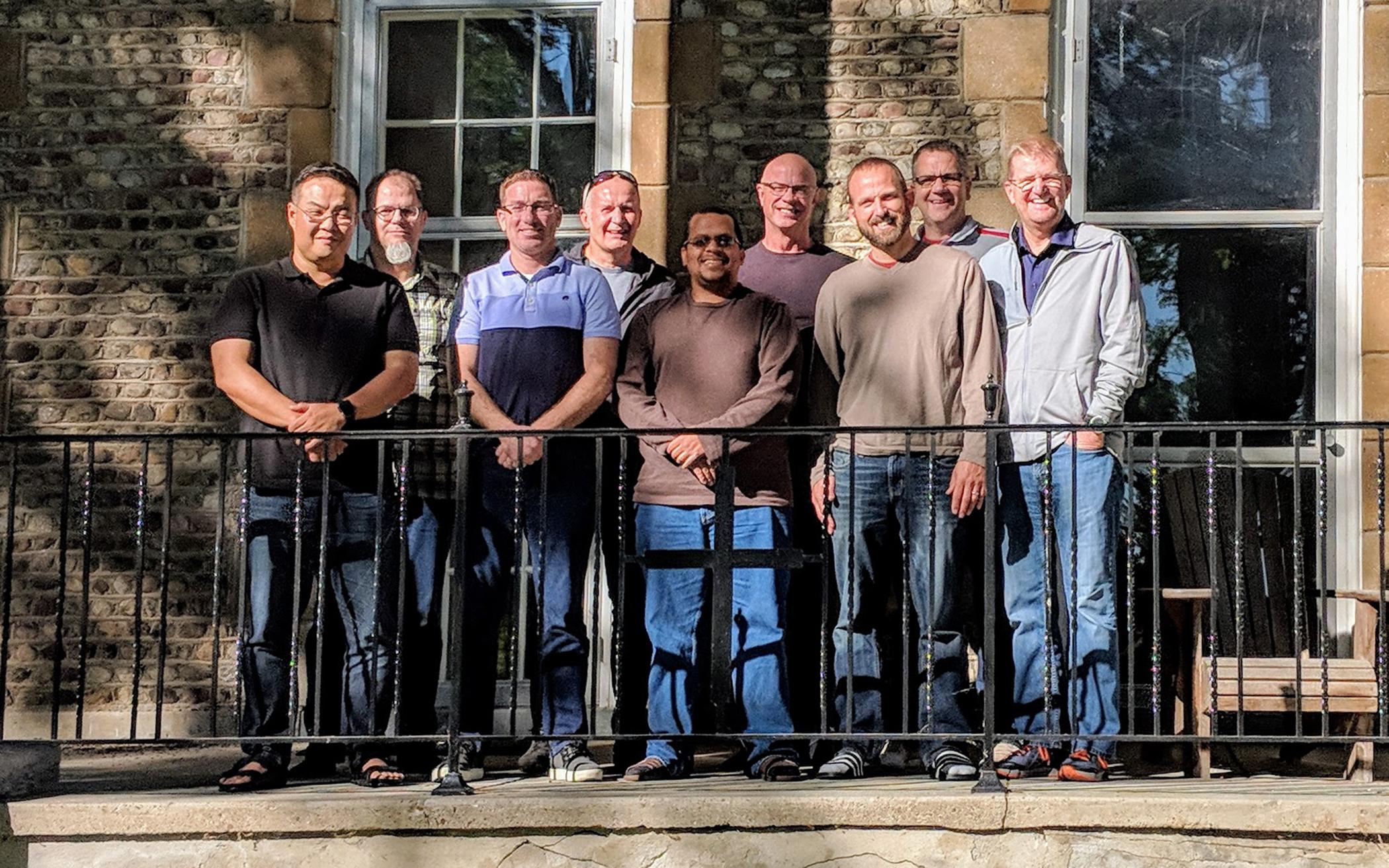This October, the Council of Delegates endorsed a definition of church planting and the implementation of three church-planting strategies proposed by the Collaborative Church Planters Team. That sentence might read as an inconsequential detail from the mysterious inner workings of the denomination, but the endorsement is one important step furthering a conversation spanning years. The conversation reaches back to the CRC’s shared history and forward in the desire to see the denomination “share the gospel, live it missionally, and plant new churches in our neighborhoods,” (milestone four of Our Journey 2025).
What is the Collaborative Church Planters Team?
In 2018 Resonate Global Mission partnered with Calvin University to survey church planters and their spouses, parent churches, classis representatives (a classis is a regional group of Christian Reformed congregations), and Resonate staff involved in church planting within a 10-year span. Two things became clear from the survey results: participants highly valued church planting but they had deep concerns about the disconnect they felt with the denomination, lack of a common vision, limited training, and lack of context-specific understanding.
Jul Medenblik, president of Calvin Theological Seminary and former church planter (Orland Park (Ill.) CRC, planted in 1995), resonates with those concerns. “In my experience, church planters and church plants were seen as being on the edge of the denomination,” he said. “Church planters want to know that they are not alone in this work of mission.”
In response to the survey, Kevin Schutte (church planting team leader with Resonate) requested—and the Council of Delegates endorsed—the formation of the Collaborative Church Planters Team. The team includes representatives of all five areas of calling within the CRC (Faith Formation, Global Mission, Gospel Proclamation and Worship, Mercy and Justice, Servant Leadership) and was tasked with answering the concerns expressed in the survey. Schutte explained, “It’s really a shift to say, in response to the research, how do we collaboratively, as a denomination, approach this vital area of church planting?”
“The Collaborative Team helps reshape the vision so that church planting is not only part of the mission of the denomination, but it is now seen as central to that mission,” said Medenblik.
Looking Back: The CRC’s Relationship With Church Planting
In a conversation with The Banner, Schutte, Medenblik, and Resonate’s director, Zachary King, sketched a thumbnail history of the CRC’s engagement with church planting.
After World War II, denominations followed their people, planting churches in neighborhoods where families were establishing. Medenblik said these churches “were a result of immigration, migration, and procreation.” In the mid-1970s, church planting shifted to a church growth model, focusing on attractive environments to draw back the de-churched and invite the unchurched. In the mid-2000s, the incarnational methodology rose, focusing on limited geographical areas and strong local relationships, often with bivocational pastors. All of these approaches are present in church plants today in a variety of expressions, compounding the team’s challenge—to find a common vision everyone can get behind as well as context-specific strategies for diverse approaches to church planting.
In the past, Home Missions offered standard three-year grants to church plants. In January 2016, church planters were transitioned to Resonate, where they received more training, support, and individualized grants.
But the responsibility of church planting still rested on one agency (just a different agency), said Medenblik. Now something new is happening. “The big change” the Collaborative Team brought is that “the denominational vision is formed, developed, shaped, and resourced by many offices, agencies and leaders,” Medenblik said. This gives church planters “the assurance that their stepping out in faith is supported and encouraged not by a few—but by us all.”
Different ‘Expressions,’ Different Strategies
Mark VanAndel, who planted Hesed Community Church, in Detroit, Mich., in 2018, explained that often the image in people’s minds doesn’t reflect the reality of church planting.
“We need to move beyond assumptions and listen to those who have been doing it and learn how to speak a common language and have a shared imagination for new church expressions,” he said.
The strategy grid developed by the team is an effort to move beyond one standardized model to understand these new expressions. Three broad models of church planting are laid out (traditional, multi-site, and missional community/house church) with brief descriptions of how each varies in its approach to denominational affiliation, ordination and leadership, worship and preaching, discipleship, mission and justice, and funding and sustainability. Each will accomplish the common goal of church planting in a unique way—and that will be reflected in the types of support offered by the denomination.
Van Andel said the emphasis on different church-planting strategies validates the work church planters do. “The growth that is happening within church planting becomes enfolded and integrated into the CRC ... a vibrant part of the body as a whole.“
Why Does This Matter?
The rule of thumb is that a denomination should plant 3% of its churches every year, “a target that the CRC is falling far short of,” said Schutte. The team has sketched out that reaching it would mean every classis within the CRC planting a church every other year. “That’s change-the-world-type stuff,” admitted Schutte.
But classes are already reimagining their connection to church planting. Albert Postma (Classis Renewal, Pastor Church Resources) is on the team. He believes church plants benefit mother churches—and the entire classis. With Schutte, Postma developed a Classis Guidebook for Church Planting. “We intentionally created one guidebook that had classes, parent churches, and church planters all in mind, since they all need to work together in our system,” Postma said. The guidebook provides these groups with a common understanding and language, one more tool moving the conversation forward.
Van Andel appreciates the forward momentum and looks to God to keep speaking, too. “This emphasis on church planting from the COD (Council of Delegates) is a start, but we have a long way to go before these statements are felt on a local level. We need both an overarching denominational vision and an organic move of God in our local communities to continue to embrace the value of missional engagement.”
About the Author
Maia VanderMeer is a freelance news correspondent for The Banner. She lives in Mission, B.C.








